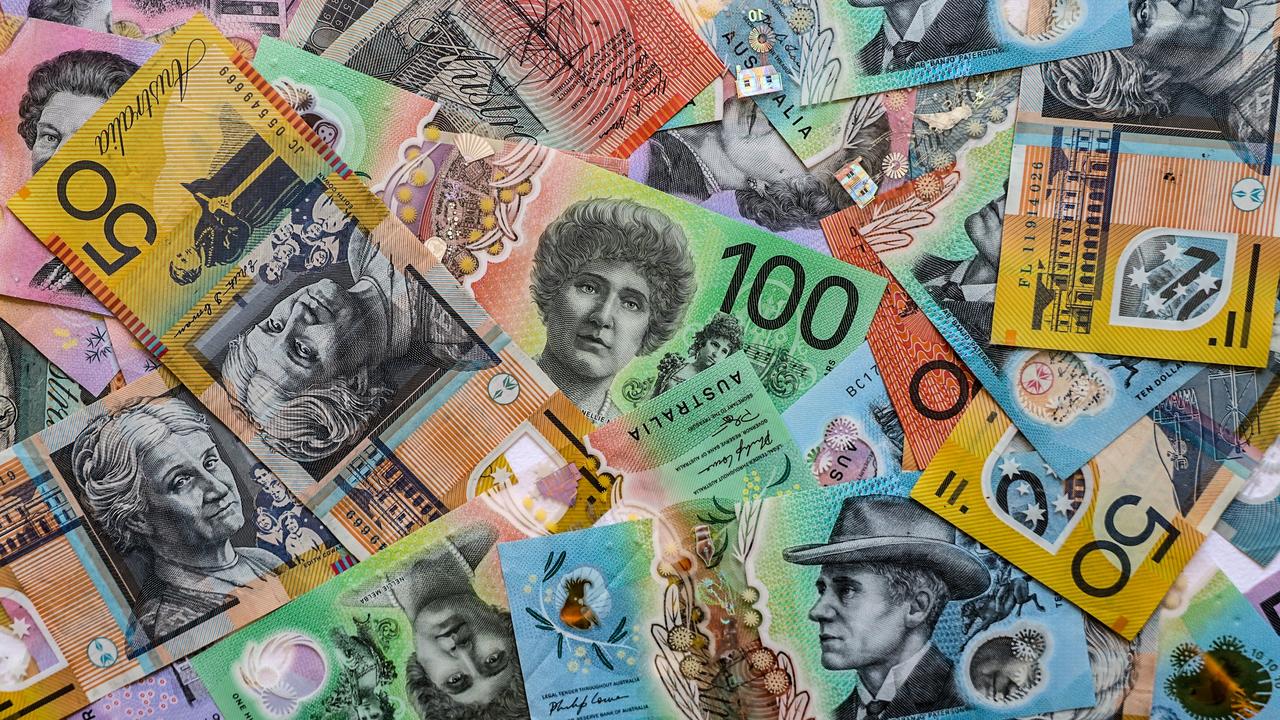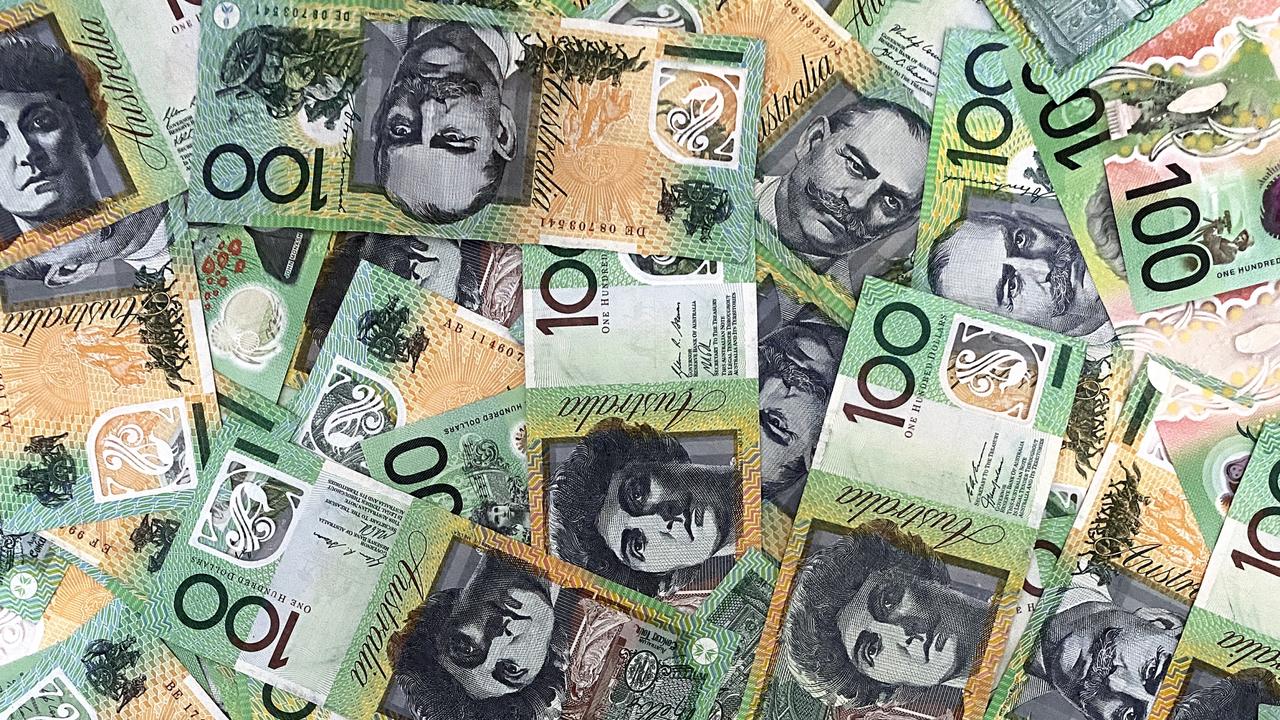Aussie dollar falls to lowest levels in three months on US election
A second Donald Trump presidency has pushed US share market and bitcoin to new highs, but it has had a surprising impact on the Australian dollar and exports.
Markets have reacted positively to the US election, although the Australian dollar and resource sector was a surprising victim to the “Trump Trade”.
The Australian dollar took a beating during Wednesday’s trading, as the US elected Donald Trump as president for a second time.
It has since recovered during Thursday’s trading reaching 66 US cents.
Australia’s currency was among the biggest losers against the US dollar, having its worst one-day drop in five months, falling 2 per cent at one stage to 65.10 US cents. The Aussie dollar fell from US65.9c at the closing bell on Tuesday, prior to the election results being known.
The resource heavy ASX 200 traded 6 points or 0.07 per cent higher at 8207 at 3.00pm AEDT.
While a modest gains, it was dwarfed by the huge gains overseas.
The Dow Jones Industrial Average surged 1508.05 points, or 3.57 per cent, to a record close of 43,729.93. The Index of US blue-chip stocks jumped more than 1000 points for the first time since November 2022 on the Trump election victory.
The S & P 500 also hit a new high, up 2.53 per cent to 5929.04.
The tech heavy Nasdaq Composite climbed 2.95 per cent to a record of its own of 18,983.47.

Capital.com senior financial market analyst Kyle Rodda said the markets reacted strongly to Mr Trump’s presidency.
“The election has put the ‘Trump Trade’ on steroids, with an overwhelming mandate, which will potentially see the Republicans win the presidency and both chambers of Congress, opening up a clear path for Trump to implement his policy platform,” he said.
“While sometimes just power raises concerns in the markets about too much legislative change and insufficient checks and balances, the prospect of huge fiscal stimulus, via predominantly tax cuts, has juiced the prospects of growth and future earnings.”
The surging US dollar and falling commodity prices are due to Trump’s pre-election platform included plans to impose 10 per cent universal tariffs on “most” imports, including those from allies such as the EU and Japan. Moreover, Trump indicated he would raise tariffs on Chinese imports to 60 per cent or more if re-elected.
“In light of the election result, several Australian business leaders have expressed their concerns this morning about the impact of a possible trade war between the US and China on Australia,” IG’s market analyst Tony Sycamore said.
While these concerns are valid, Chinese officials are likely contemplating a larger fiscal stimulus package to help support the Chinese economy and cushion the effects of increased US tariff on Chinese imports.
This would also lessen the knock-on effect of US tariffs on China on the Australian economy.
Commonwealth Bank’s Director - Mining and Energy said commodity prices mostly fall as the US dollar rallies following Trump’s win
“Mining and energy commodity prices mostly fell yesterday in response to Trump’s election win,” he said.
“The fall in commodity prices, particularly across most base and precious metals, likely reflected the surge in the US dollar as markets priced in Trump’s inflationary policies of tax cuts and tariffs” he said.
AMP chief economist Shane Oliver pointed to the potential economic impacts on Australia, as exports to the US are only 4 per cent of our total trade and may be the only parts of trade that is spared from Trump’s tariffs.
“However, as an open economy with high trade exposure to China, Australia is vulnerable to an intensification of global trade wars under Trump, particularly if it weighs on demand for Chinese exports,” he said.
China is our biggest export market, taking 35 per cent of Australia’s exports.
“An OECD study showed that Australia could suffer a 1.2 per cent reduction in GDP as a result of a 10 per cent reduction in global trade between major countries. Resources shares would be most at risk and the Australian dollar would likely fall and we have already seen a bit of that,” Dr Oliver said.
While the Australian dollar and GDP could fall, Dr Oliver said there were similar fears of this during the last Trump Trade war in 2018 “which didn’t turn out so bad for Australia, although the dollar fell 10 per cent”.

The Reserve Bank said there could be an “adverse effect” on Australia if Mr Trump imposed his promised high tariffs on China; however, it was still too early to calculate the full impact on the presidential change.
During senate estimates on Wednesday, RBA assistant governor Christopher Kent said Mr Trump’s promised 60 per cent levy on Chinese imports was a “big concern”.
“Large tariffs on China may have an adverse effect on us,” he said.
IG market analyst Tony Sycamore said traders could push the Australian dollar even further down during Thursday’s trading.
“With US tariff hikes imminent, the Australian dollar is at risk of falling through support at .6500c towards .6350 in the sessions ahead,” he said.
“The one potential cushion would be the emergence of details around China’s fiscal stimulus package at this week’s China NPC standing committee meeting.”



